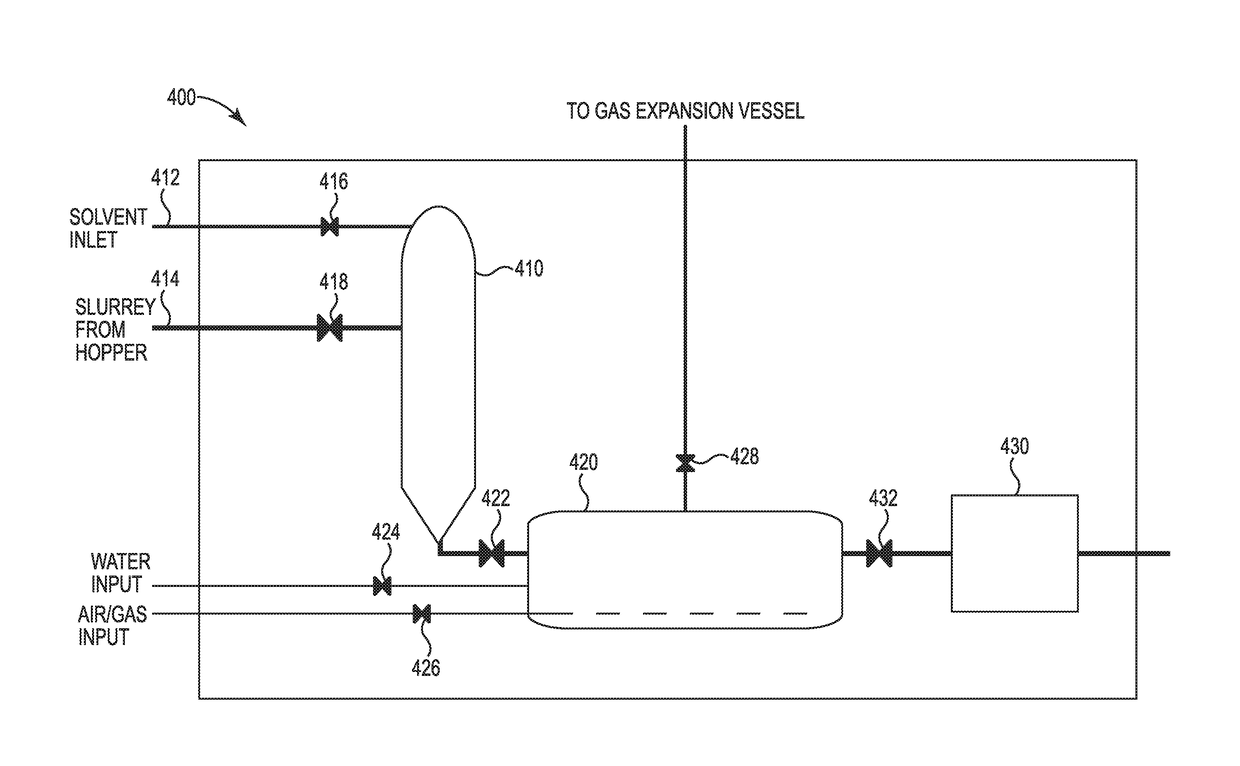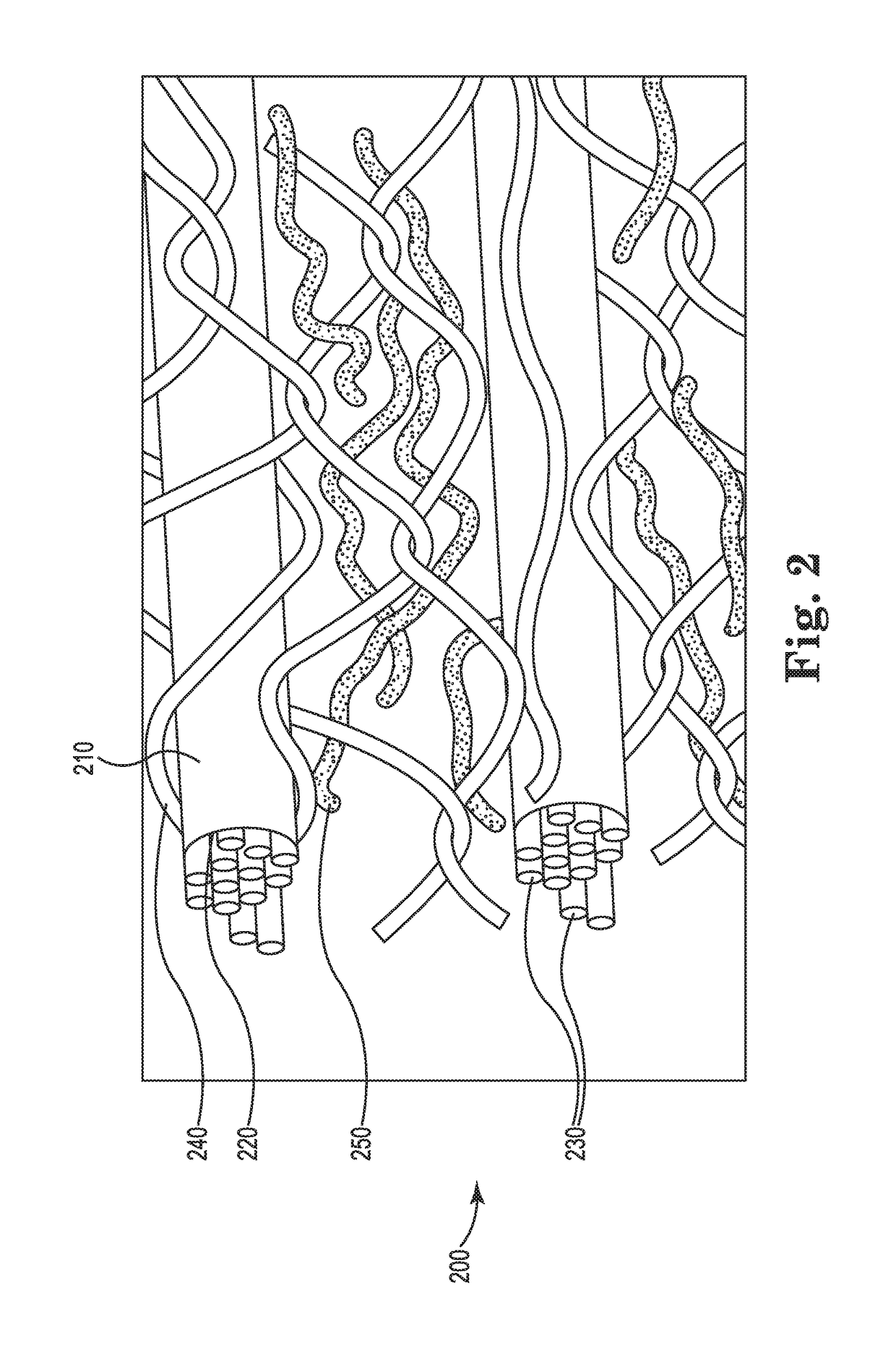Process of Producing Biochar From Beneficiated Organic-Carbon-Containing Feedstock
a biochar and organic carbon technology, applied in the direction of fixed installation, transportation and packaging, light and heating equipment, etc., can solve the problems of increasing the cost of fuel obtained from crude oil and coal. , to achieve the effect of reducing the adverse corrosion wear and maintenance cleaning of the device, low water content and high energy density
- Summary
- Abstract
- Description
- Claims
- Application Information
AI Technical Summary
Benefits of technology
Problems solved by technology
Method used
Image
Examples
Embodiment Construction
[0041]The processed biochar of the invention is a char made from passing beneficiated processed organic-carbon-containing feedstock through a microwave system. The processed biochar is at least equivalent to coal in energy density. The processed biochar of the invention has the advantages of coming from a renewable source, agricultural and plant materials, without the burdens of current biomass processes that are inefficient and remove less if any of the salt found in unprocessed renewable biomass. There are several aspects of the invention that will be discussed: biochar, unprocessed renewable organic-carbon-containing feedstock, beneficiation sub-system, microwave sub-system, beneficiation sub-system process, and microwave sub-system process.
[0042]Char made from renewable organic-carbon-containing feedstock is referred to as processed biochar in this document. The processed biochar of the invention comprises a solid renewable carbon fuel comprising less than 10 wt % water, ...
PUM
 Login to View More
Login to View More Abstract
Description
Claims
Application Information
 Login to View More
Login to View More - R&D
- Intellectual Property
- Life Sciences
- Materials
- Tech Scout
- Unparalleled Data Quality
- Higher Quality Content
- 60% Fewer Hallucinations
Browse by: Latest US Patents, China's latest patents, Technical Efficacy Thesaurus, Application Domain, Technology Topic, Popular Technical Reports.
© 2025 PatSnap. All rights reserved.Legal|Privacy policy|Modern Slavery Act Transparency Statement|Sitemap|About US| Contact US: help@patsnap.com



